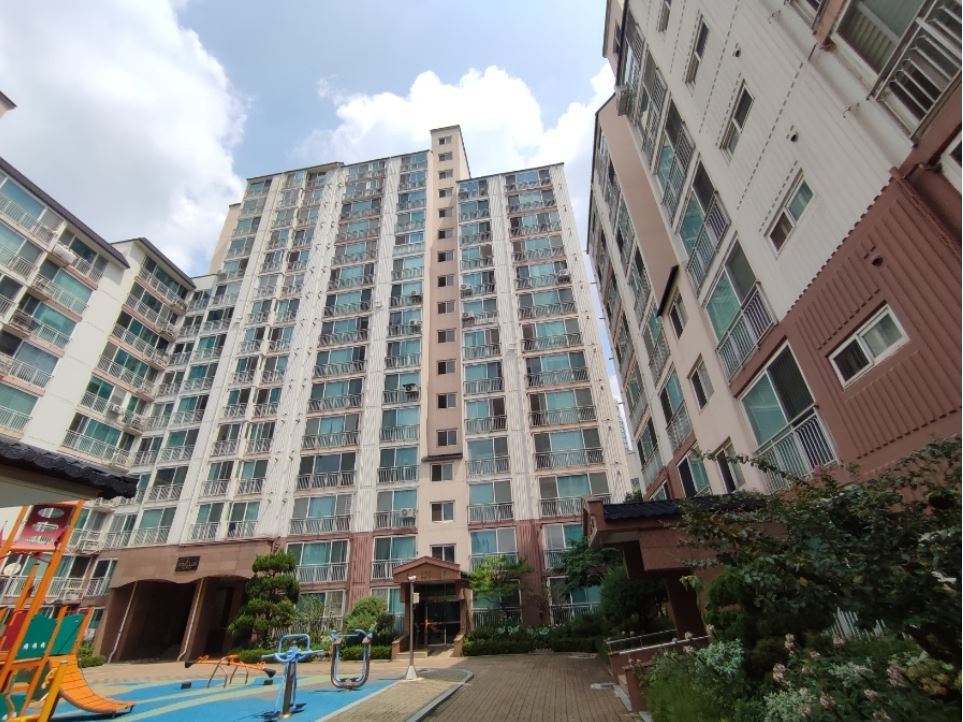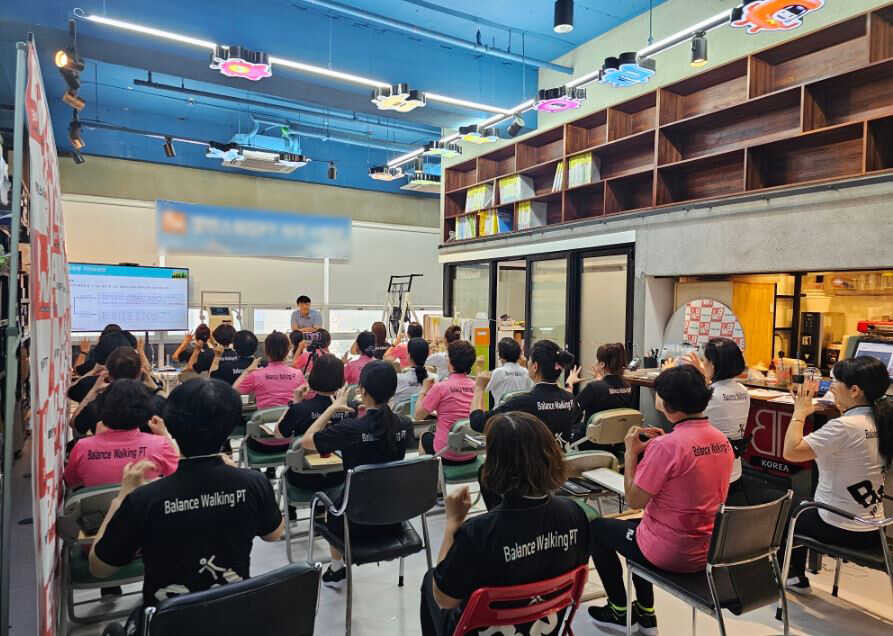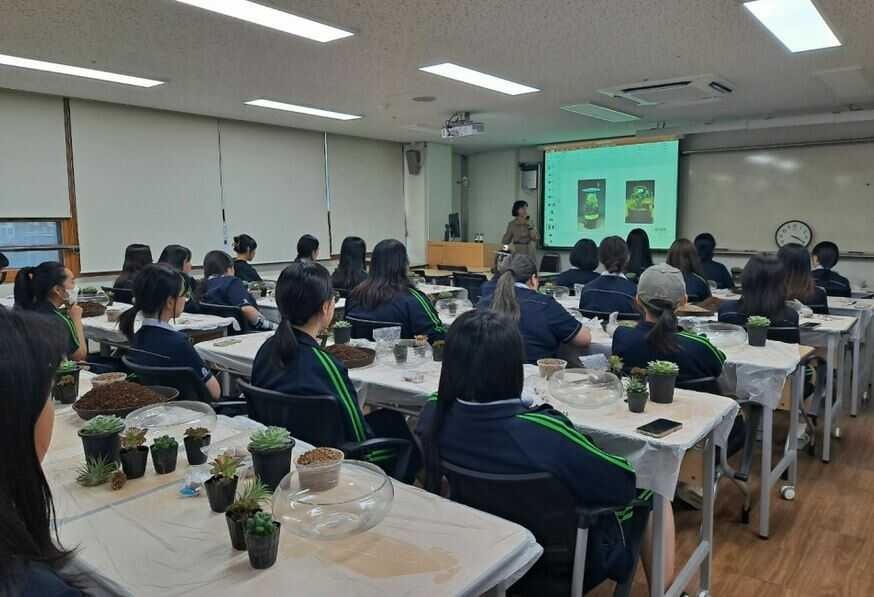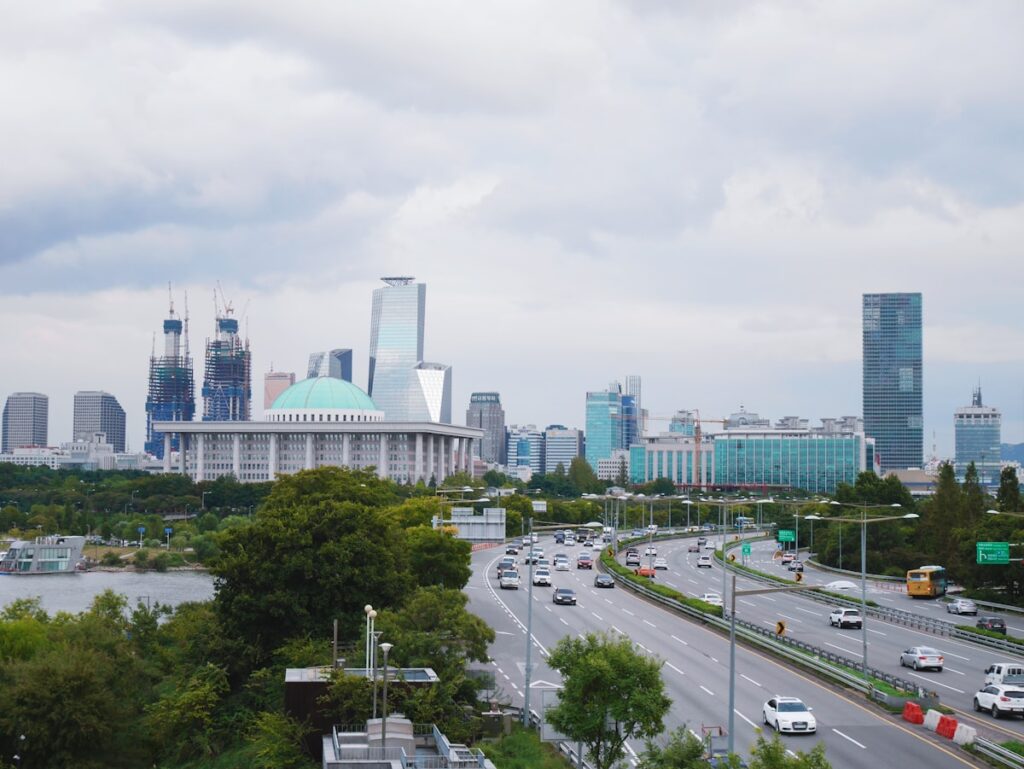
Hello and welcome to a blog tailored for our foreign friends who have a keen interest in Korean culture! Seoul, the capital of South Korea, is a city where modernity blends seamlessly with traditional charm. The lifestyles of those who call this city home are diverse and fascinating. Let’s delve into the fascinating aspects of life in Seoul.
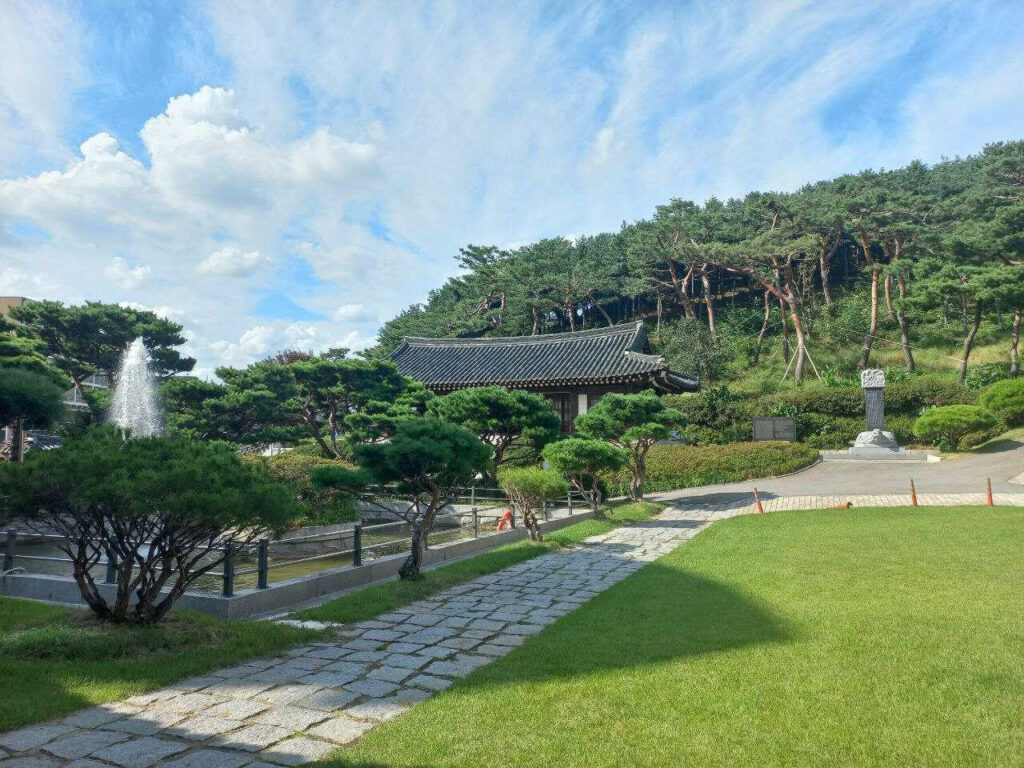
City life and work-centric focus
Seoul serves as the economic and cultural center of South Korea, and its residents are dedicated to work and urban living. Fast-paced work routines and modern cityscapes define life in the heart of Seoul. Modern office buildings, shops, restaurants, museums and art theaters enrich the daily experience.
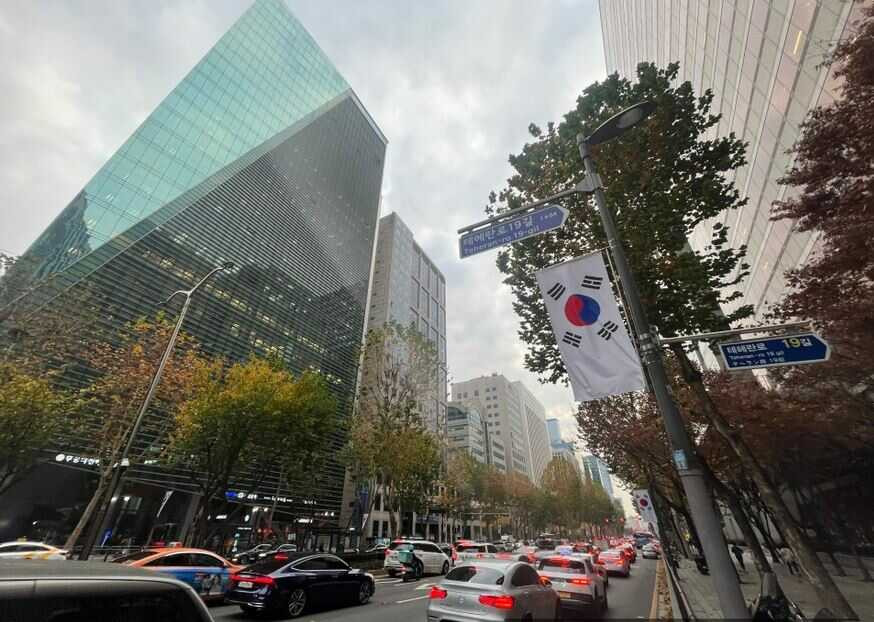
Culinary Culture and Seoul’s Food Scene
Korean cuisine is world-renowned, and Seoul offers ample opportunities to sample its delights. You can buy fresh ingredients at local markets or enjoy a variety of Korean dishes at restaurants and cafes. In addition to traditional Korean dishes such as kimchi, bulgogi and tteokbokki, international cuisines are also abundant.
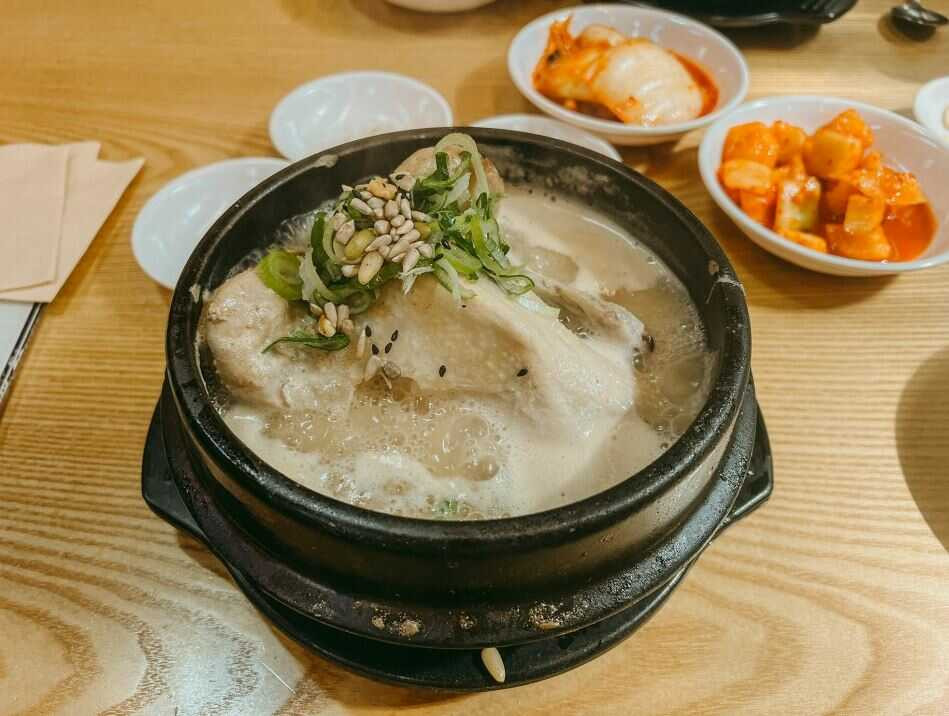
The hub of culture and Entertainment
Seoul is a hub for culture and entertainment, offering a variety of activities such as performances, exhibitions, movie screenings, and music events. The city comes alive at night with karaoke, clubs and bars. The popularity of K-pop and K-drama was born here, and you can even visit K-pop concerts and drama filming locations.
Convenient Transportation and Amenities
Seoul has an efficient public transportation system, including subways, buses, and taxis, which makes getting around the city convenient. Modern shopping malls, hospitals, and educational institutions are easily accessible throughout the city, ensuring a comfortable lifestyle.
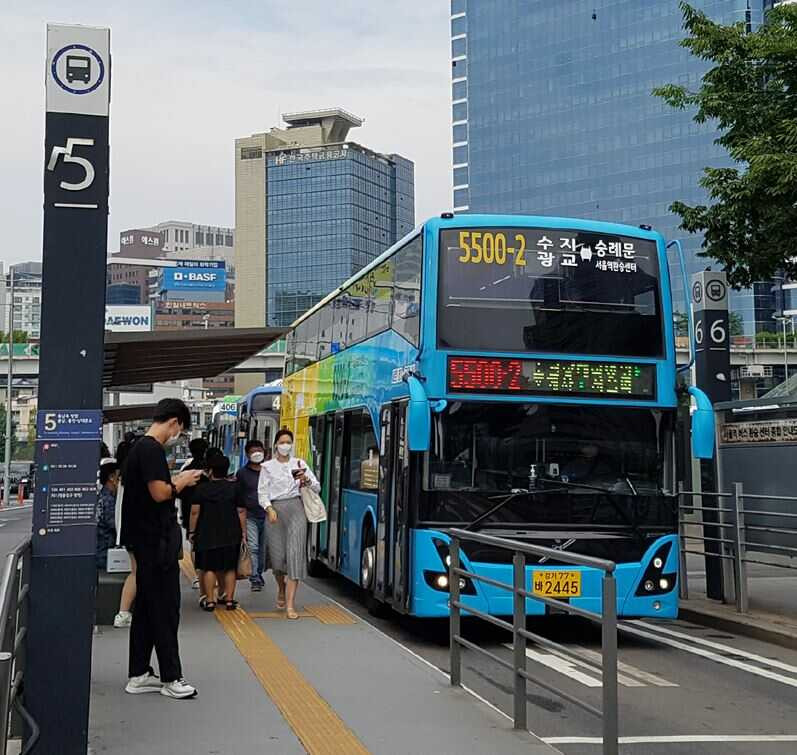
Nature and Leisure
If you are looking for relaxation and leisure away from the hustle and bustle of the city, Seoul has parks and mountains nearby. Seoulites often use weekends or holidays to go hiking, biking, picnicking, and mountain climbing, enjoying outdoor activities to the fullest.

Harmony of modernity and tradition
Seoul gracefully combines modern architecture with the preservation of traditional Korean culture. Traditional hanok villages coexist with contemporary buildings, offering a rich tapestry of experiences to explore.
Education and Career Focus
As an educational center, Seoul is home to many schools and universities. Seoulites prioritize education and career prospects, resulting in competitive university admissions.
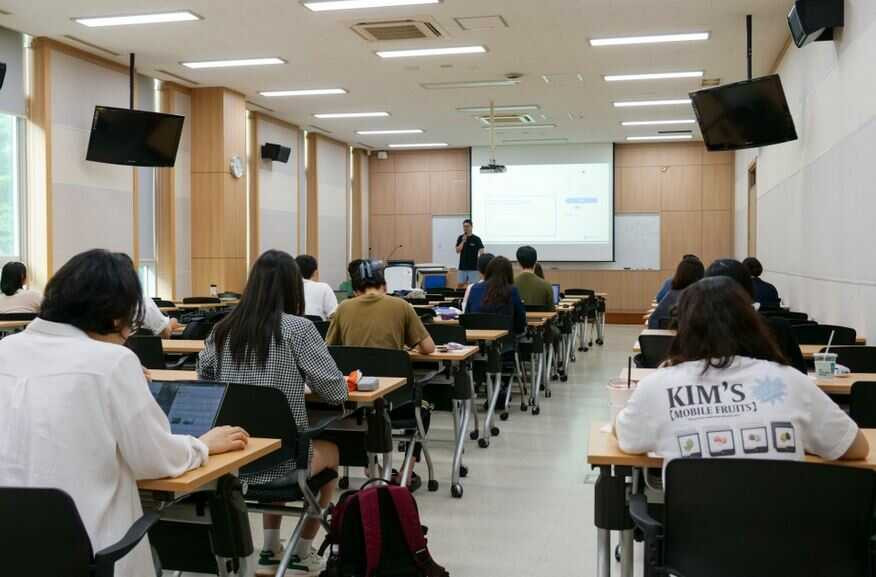
Diverse Cultural Backgrounds
Seoul is home to people from diverse cultural backgrounds, including international immigrants and Korean nationals. This cultural diversity gives the city an international flavor, with a variety of languages and cultures coexisting harmoniously. The Seoul lifestyle is a tapestry of diversity and richness that is sure to enchant you. Life in this city seamlessly blends modernity and tradition, work and leisure, domestic and international, creating a unique and captivating experience. Enjoy your time in Seoul while soaking up Korean culture and its exotic charms!


